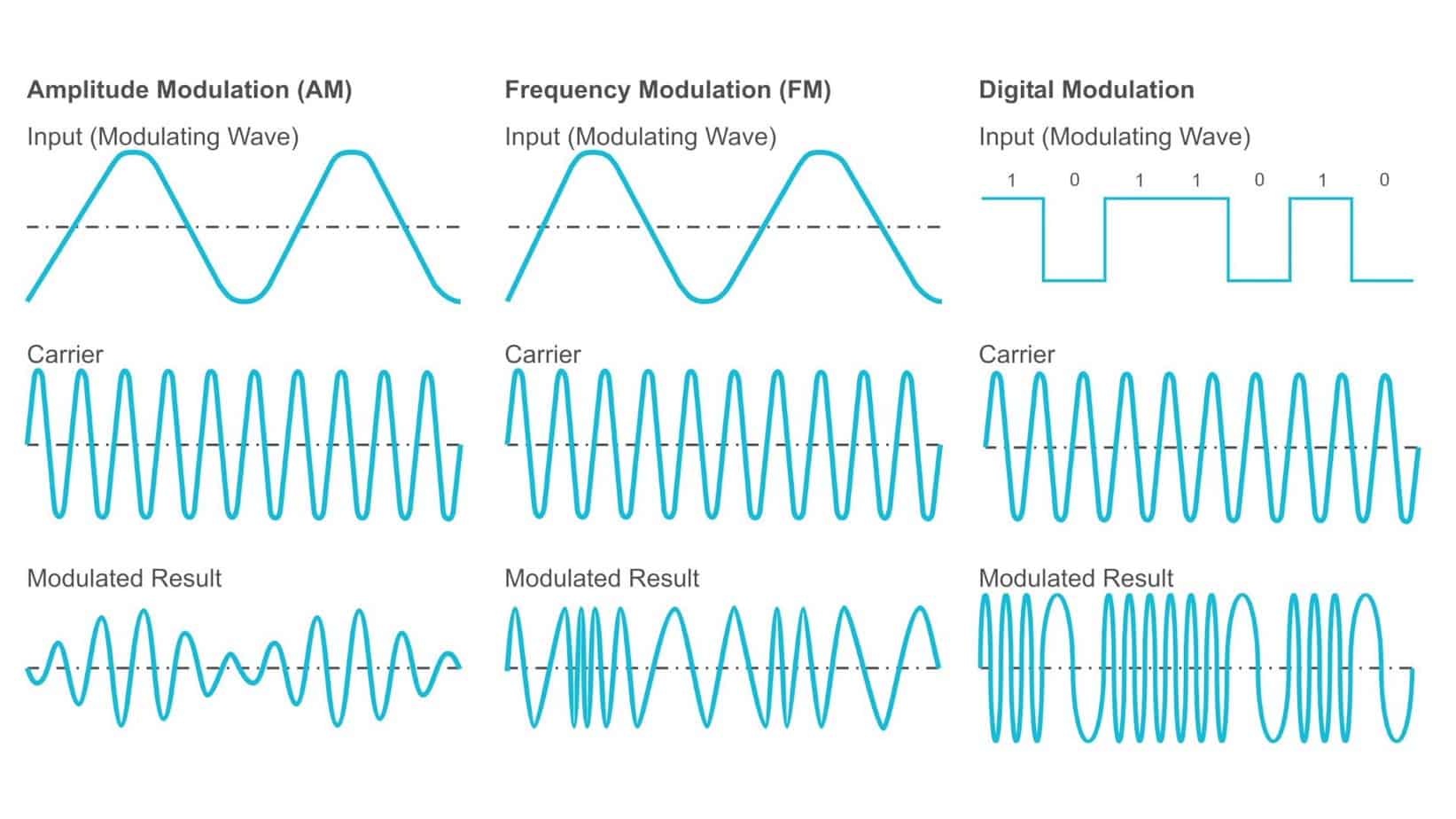Frequency Modulation Presentation
| Introduction to Frequency Modulation | ||
|---|---|---|
| Frequency modulation (FM) is a method of encoding information onto a carrier wave by varying the frequency of the wave. FM is widely used in telecommunications, broadcasting, and radio systems due to its superior noise performance compared to amplitude modulation (AM). FM is based on the principle that the instantaneous frequency of a waveform can be varied in proportion to the instantaneous amplitude of a modulating signal. | ||
| 1 | ||
| Advantages and Applications of Frequency Modulation | ||
|---|---|---|
| FM offers improved noise immunity, allowing for better signal quality and resistance to interference. FM is used extensively in FM radio broadcasting, where it provides superior audio fidelity compared to AM. Frequency modulation is also used in various other applications such as radar, wireless communication systems, and satellite communication, due to its robustness and efficient use of bandwidth. | ||
| 2 | ||

